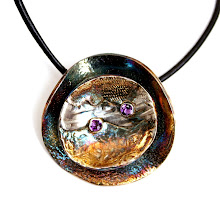Ruby is one of the most significant of the colored stones. We find that they are mentioned in the bible and associated with beauty and wisdom. In the Sanskrit language ruby is called ranaraj which is King of the precious stones. Ruby is from the gem species corundum. Ruby is the most valuable of the corundum and they get the highest price per carat of any colored stone on the market. Rubies are also very popular and much of that is due to their hardness. Ruby rates 9 on the Mohs scale. Because of this rubies are perfect for frequently warn jewelry.
Color- Color is the factor that most affects a rubies value. The color of a ruby ranges from orangy red to purplish red. The best rubies have a vibrant, pure red to slightly purplish red. Medium to medium-dark tones are the most preferred as long they don’t get dark enough to have a negative effect on the brilliance. The opposite is if a stone has too light of a tone it becomes a pink sapphire.
There are many trade terms used to describe rubies. The problem is that these terms can be misleading as to the origin of the stone. It is very difficult to tell the origin of a stone. When you hear the term Burmese ruby it refers to rubies from what is now Myanmar. The term Burmese color has been used to describe the finest-quality stones no matter what the origin of the stone is. These rubies will have a red to slightly purplish color.
It is rare to find fine quality rubies that are over one carat and rare. You can find commercial quality rubies in these sizes . Almost all rubies today are heat-treated. This is done to help develop the color or even intensify it. Sometimes it can help the clarity by removing or making the inclusions look less visible. The jewelry trade accepts that heat treatments to enhance the color of a ruby. You should assume that a ruby is heat-treated unless you have evident that it has not been.
Monday, December 6, 2010
Subscribe to:
Post Comments (Atom)




No comments:
Post a Comment